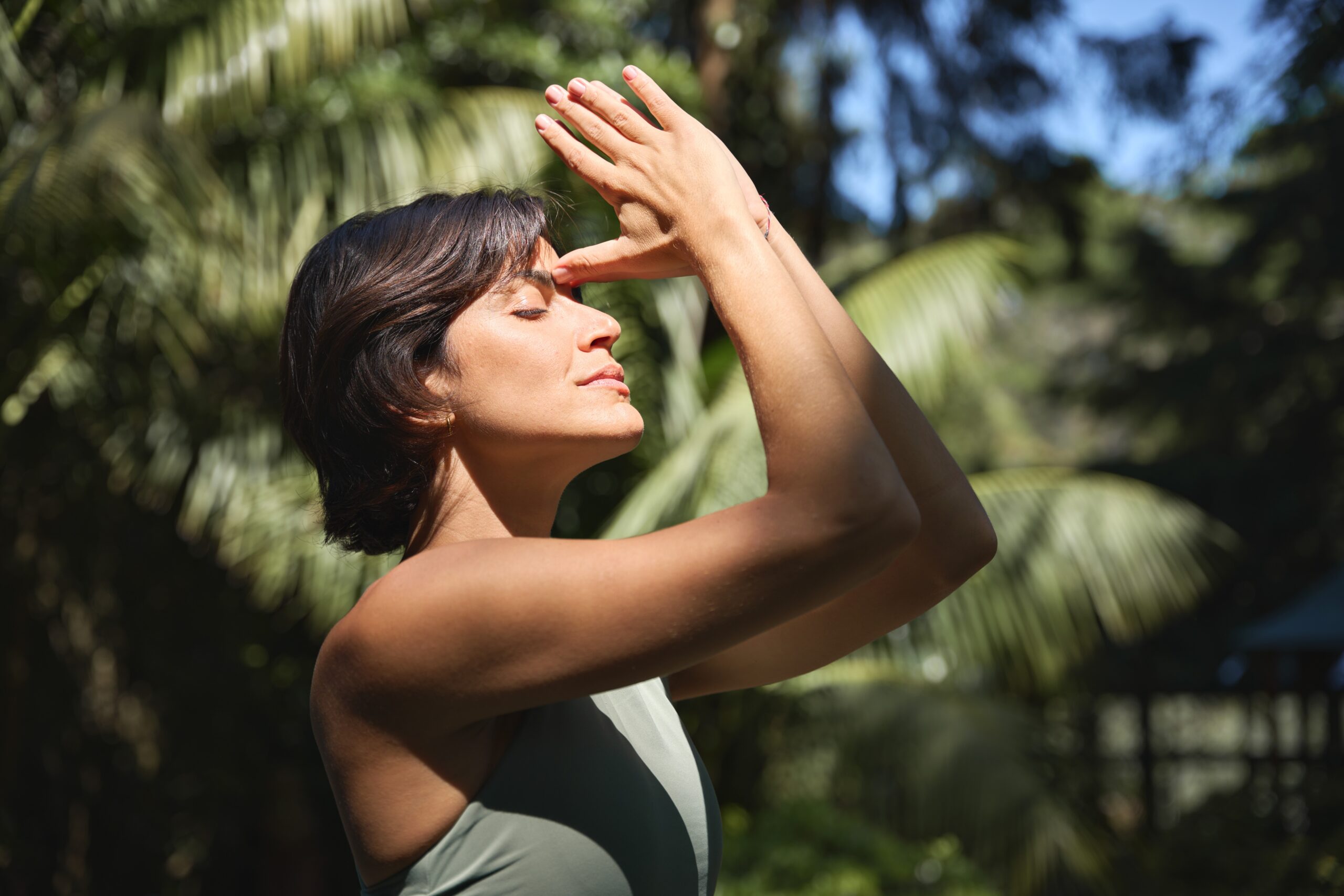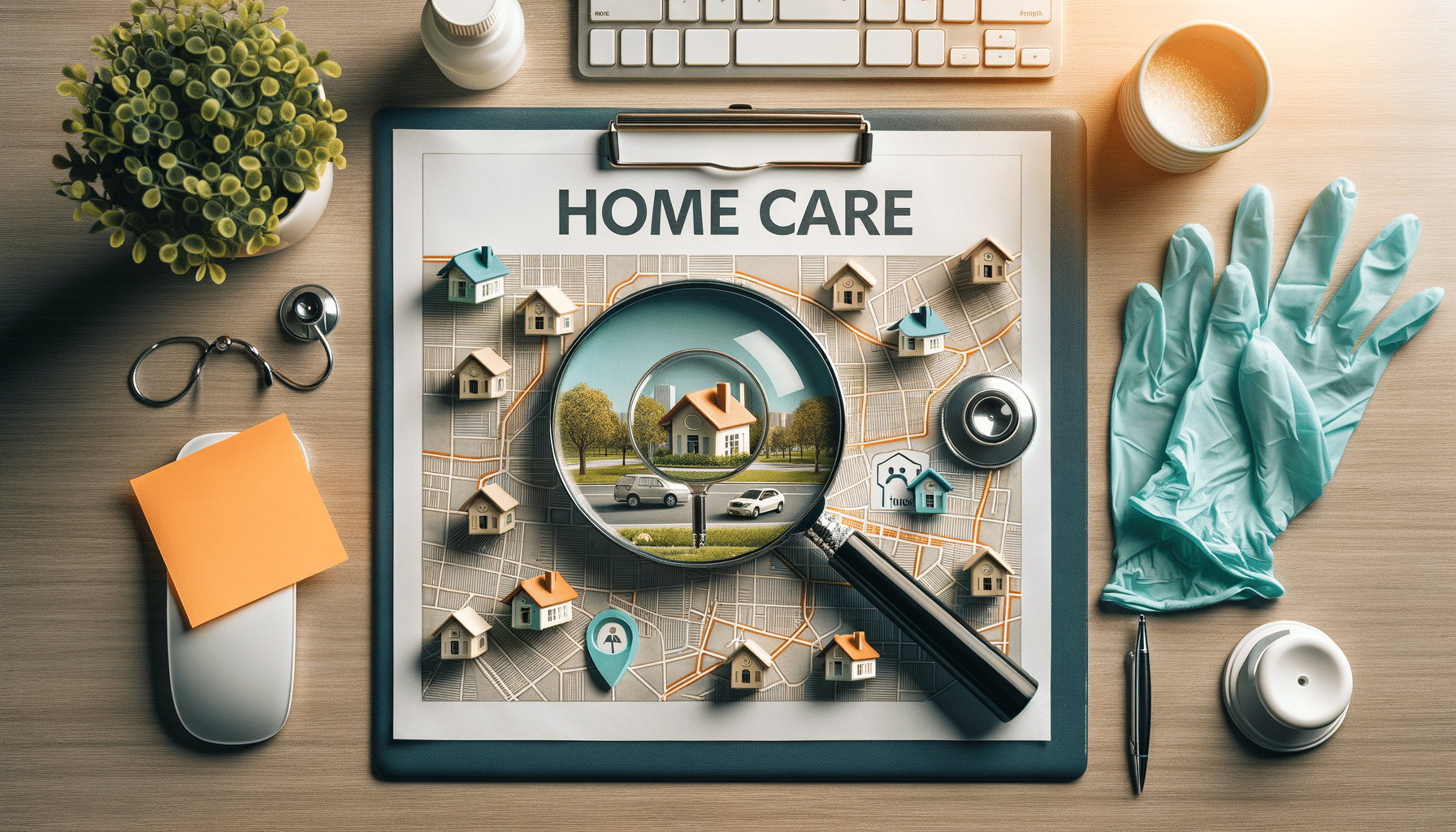
Grounding Techniques for Anxiety You Can Use Anywhere
When anxiety strikes, it can feel like your mind is racing, your chest is tight, and everything around you starts to blur. That’s where grounding techniques come in — simple tools that help you anchor yourself back in the present moment. The best part? You don’t need a quiet room, special equipment, or even five minutes to feel their effect. This guide walks you through easy, effective grounding exercises that work wherever you are — from your desk to the supermarket queue.
Outline
- What Is Grounding (And Why It Helps with Anxiety)?
- The Science Behind Grounding
- Physical Grounding Techniques
- Mental Grounding Techniques
- Sensory Grounding Techniques
- How to Choose the Right Technique for You
- Final Thoughts: Breathe, Ground, Repeat
What Is Grounding (And Why It Helps with Anxiety)?
Grounding is a way to bring your focus back to the here and now. It helps you shift your attention away from anxious thoughts and back to your body, senses, or surroundings.
When anxiety makes you feel like you’re floating, racing, or spiralling — grounding helps you feel safe, steady and in control again.
It’s not about getting rid of anxiety — it’s about creating space to manage it.
The Science Behind Grounding
Anxiety activates your body’s fight-or-flight response. Grounding helps calm that by engaging the parasympathetic nervous system, which is responsible for rest and recovery.
By focusing on physical sensations or neutral thoughts, you signal to your brain:
“I’m here. I’m okay. I’m in control.”
This slows your heart rate, eases tension, and interrupts the anxiety loop.
Physical Grounding Techniques
These focus on movement or touch to bring you back into your body.
1. Touch Something Textured
Run your fingers across something nearby — a pen, your jumper, your chair.
Describe it: rough, soft, cool, warm?
2. Feel Your Feet on the Ground
Place both feet flat on the floor.
Gently press down and notice the support beneath you.
3. Name 5 Things You Can Feel
Notice pressure from your seat, clothing on your skin, air on your face.
4. Squeeze and Release
Make a fist, hold for five seconds, and release.
Repeat a few times — it helps release physical tension.
5. Move in Slow Motion
Stretch your arms, roll your shoulders, shake out your hands slowly.
Physical grounding is great if anxiety feels stuck in your body.
Mental Grounding Techniques
These focus your brain on something structured or neutral.
1. Count Backwards
Pick a number (e.g. 100) and count back in 7s or 3s.
Challenging? That’s the point — it gives your brain something else to do.
2. List 5 Things in a Category
Examples: types of fruit, TV shows, things in your fridge, childhood games.
3. Spell Your Name Backwards
Add your birthday or postcode if you want a longer focus.
4. Affirmations
Repeat something calming to yourself like:
“I am safe.”
“This will pass.”
“I can handle this.”
Mental grounding is great if your thoughts are spiralling or racing.
Sensory Grounding Techniques
These engage your senses to bring you back to the present.
1. The 5-4-3-2-1 Method
Look around and name:
- 5 things you can see
- 4 things you can touch
- 3 things you can hear
- 2 things you can smell
- 1 thing you can taste
You can adjust this if some senses aren’t available — the goal is connection, not perfection.
2. Scent Focus
Smell something comforting — a lip balm, essential oil, or your jumper.
Scents can instantly ground you in the now.
3. Flavour Anchor
Keep a mint, piece of gum, or sour sweet nearby.
Focus on the taste, texture and temperature.
4. Listen Closely
Pick one sound — a fan, birds, distant voices.
Listen to it fully for 30 seconds. Let it anchor you.
Sensory grounding works especially well when your anxiety makes the world feel unreal or “too much.”
How to Choose the Right Technique for You
Start with what you’re naturally drawn to:
- Physical: if your anxiety feels like restlessness or tension
- Mental: if your thoughts are spiralling or overwhelming
- Sensory: if you feel foggy, detached or overstimulated
Try a few and see what sticks — grounding is personal. There’s no “right” way.
🌱 Make a mini grounding menu in your phone or journal for quick access.
Final Thoughts: Breathe, Ground, Repeat
Grounding doesn’t fix everything — but it gives you a way to pause, breathe, and reset. When anxiety feels like a wave crashing down, grounding is your lifebuoy.
💬 You are not your thoughts. You are not your anxiety. You are here. You are safe. You are in control.
You’ve got this — one breath, one anchor, one moment at a time.


